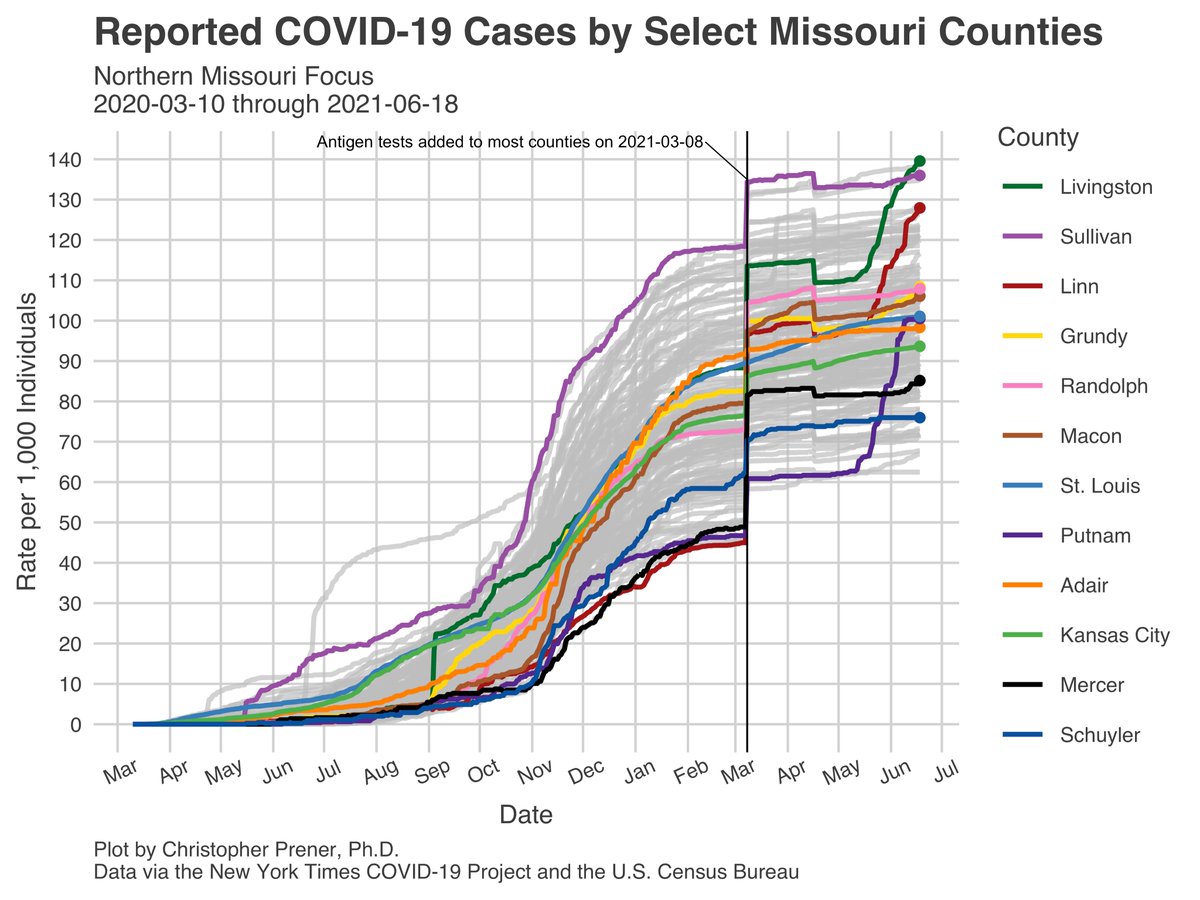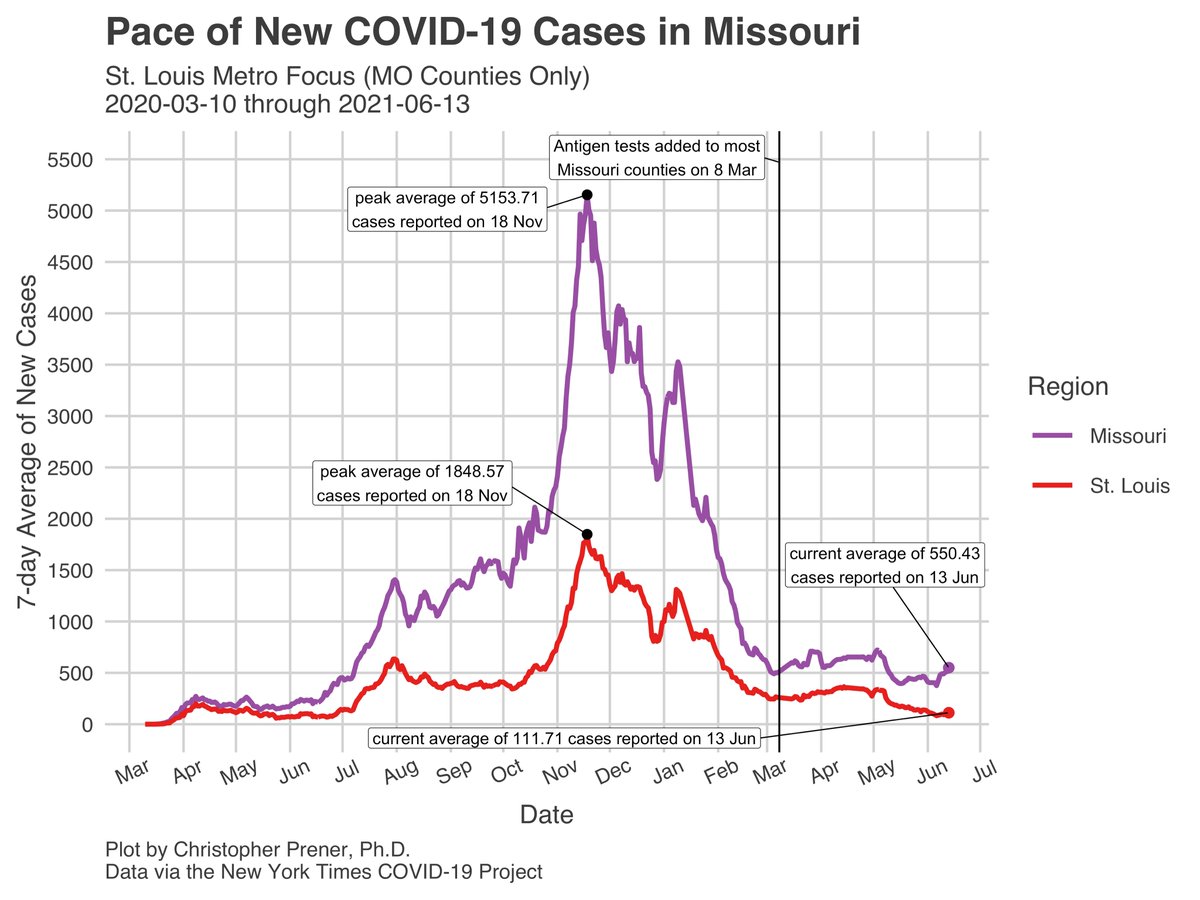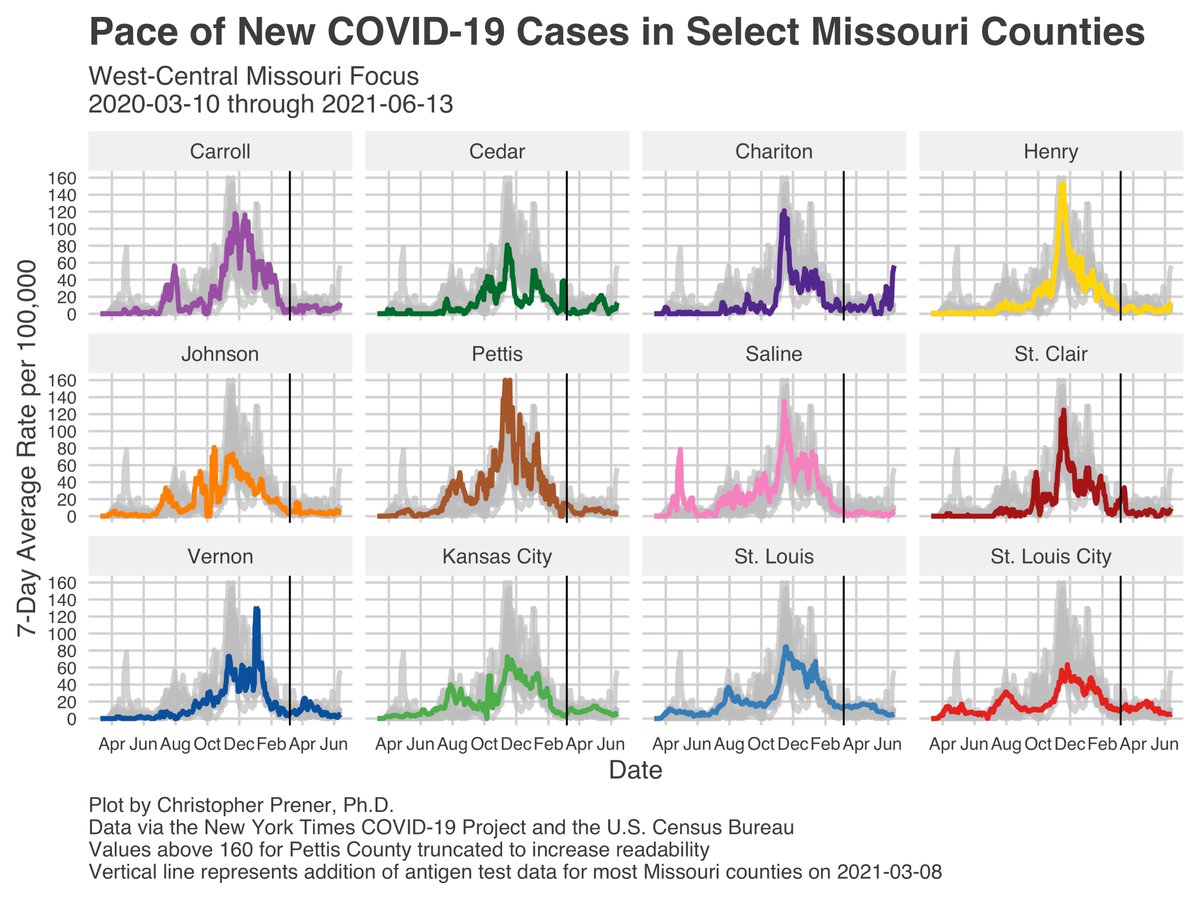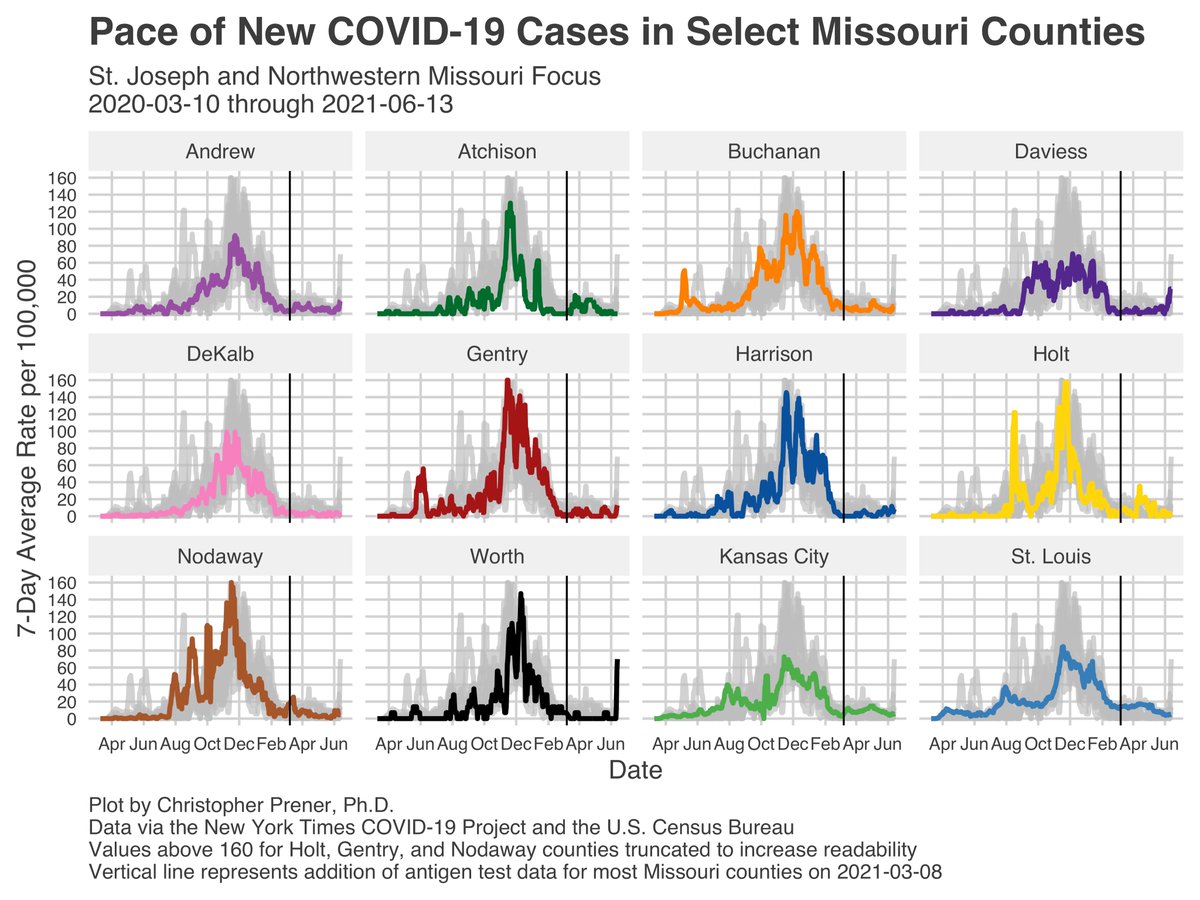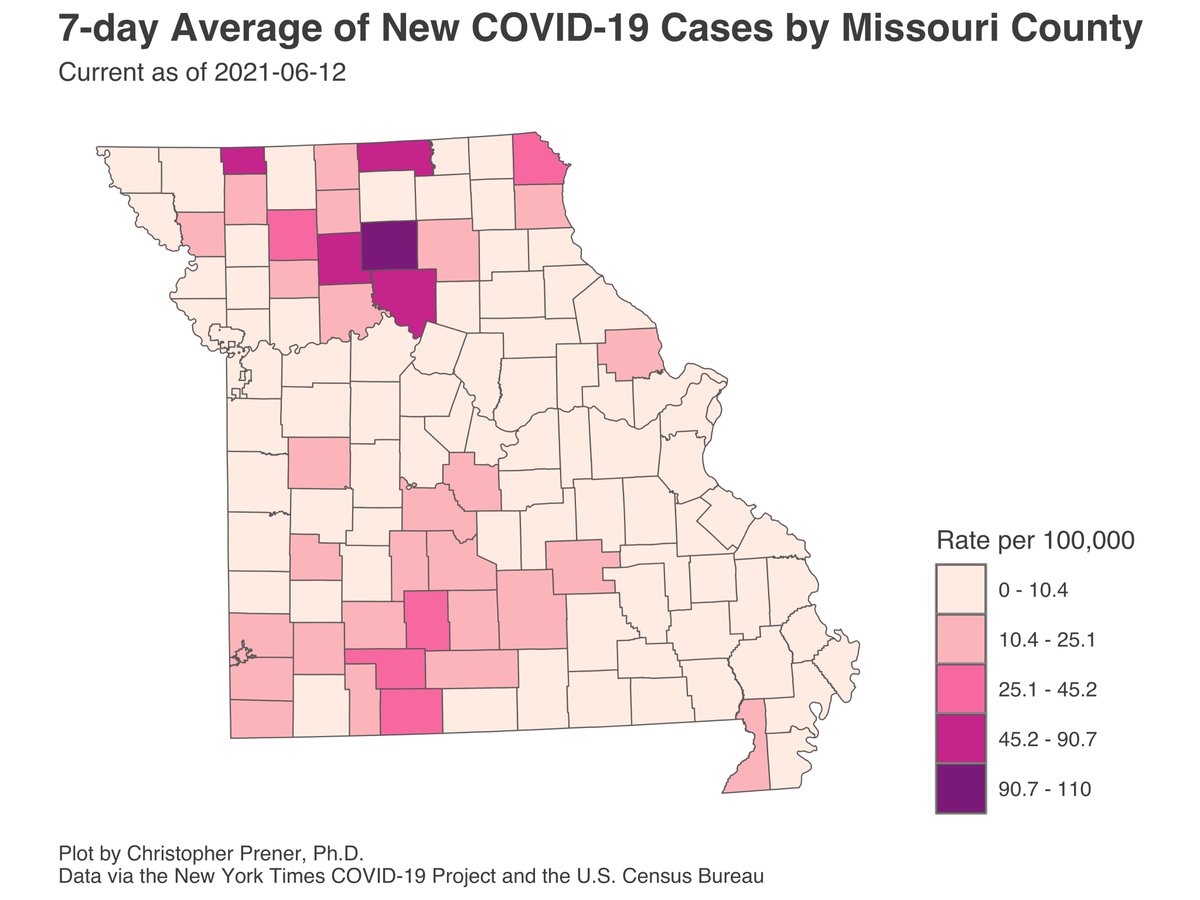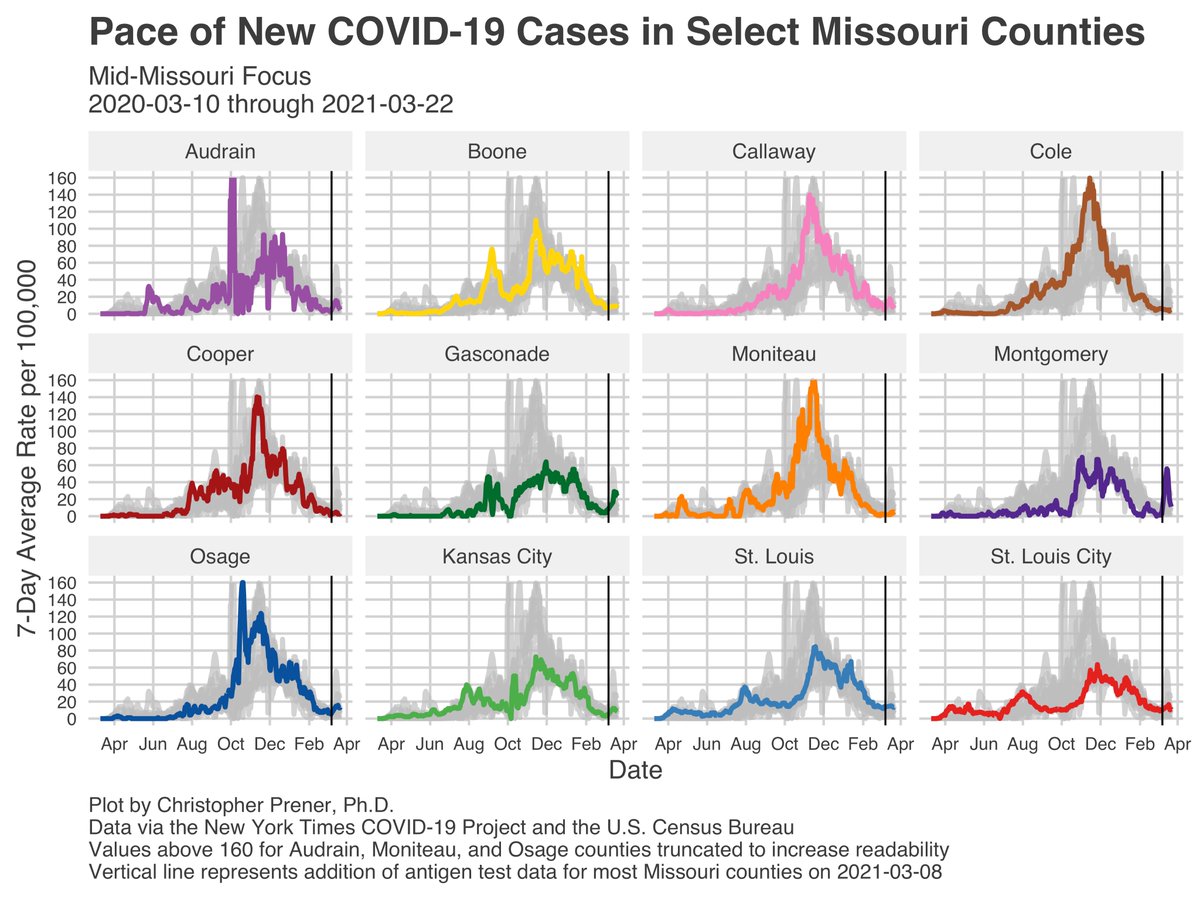
Look, if you think Sam Page is a dictator, you need to learn about life in actual authoritarian places, because Wildwood ain't one of them.
Let's work through a few things here, though, setting aside the a-historical "dictator" analysis. 1/
Let's work through a few things here, though, setting aside the a-historical "dictator" analysis. 1/
https://twitter.com/flyingtigers/status/1406019692624592903
First, emergency powers are common in all democracies for dealing with a range of threats, from wars to disasters, terrorist attacks, and pandemics. And there are legitimate critiques we can make of them (see Giorgio Agamben's work, for example). 2/ press.uchicago.edu/Misc/Chicago/0…
But public health emergency orders are established and accepted tools for managing collective crises where "the situation is exigent, the anticipated or potential harm would be calamitous, and the harm cannot be avoided through ordinary procedures." 3/ nejm.org/doi/10.1056/NE…
The orders that the City and County issued were not just based on longstanding legal precedent. They were interventions that have evidence supporting them!
We have evidence that lockdowns do work at reducing the transmission of COVID-19, for example. 4/ ncbi.nlm.nih.gov/pmc/articles/P…
We have evidence that lockdowns do work at reducing the transmission of COVID-19, for example. 4/ ncbi.nlm.nih.gov/pmc/articles/P…
We have evidence that limiting or banning indoor dining is also an effective approach for reducing community transmission. 5/ nature.com/articles/s4158…
And we have evidence that wearing masks helps reduce the transmission of COVID-19 from person to person. 6/ cdc.gov/coronavirus/20…
But "it destroyed businesses," people say. To which we can respond, no, the fear over the virus kept people home and changed their spending habits. Illinois and Iowa saw similar reductions in business despite one state not having a shutdown policy. 7/ nber.org/papers/w27432 

A similar pattern was observed in Scandinavia (arxiv.org/pdf/2005.04630…), and state "reopenings" did not have an immediate impact on consumer behavior in any meaningful way (opportunityinsights.org/wp-content/upl…). 8/
Sam Page didn't harm businesses, the pandemic did. People's fears of dying did. Businesses in St. Louis would have therefore still suffered significant material harm regardless of the emergency orders issued, but those emergency orders saved lives. 9/
And we can't forget that the pandemic ran wild because, as a nation, we failed to put the needed federal and state policies in place to control its spread. We had the opportunity to save lives, and we failed to do so. This was left to local officials like Sam Page. 10/10
Also, just as an aside - the the pandemic did have a massive, negative affect on my industry and my employer. So… yeah. I’m not out here saying this stuff because everything is hunky dory in higher ed. I believe in data and science. This is where they lead us. 11/10
• • •
Missing some Tweet in this thread? You can try to
force a refresh






